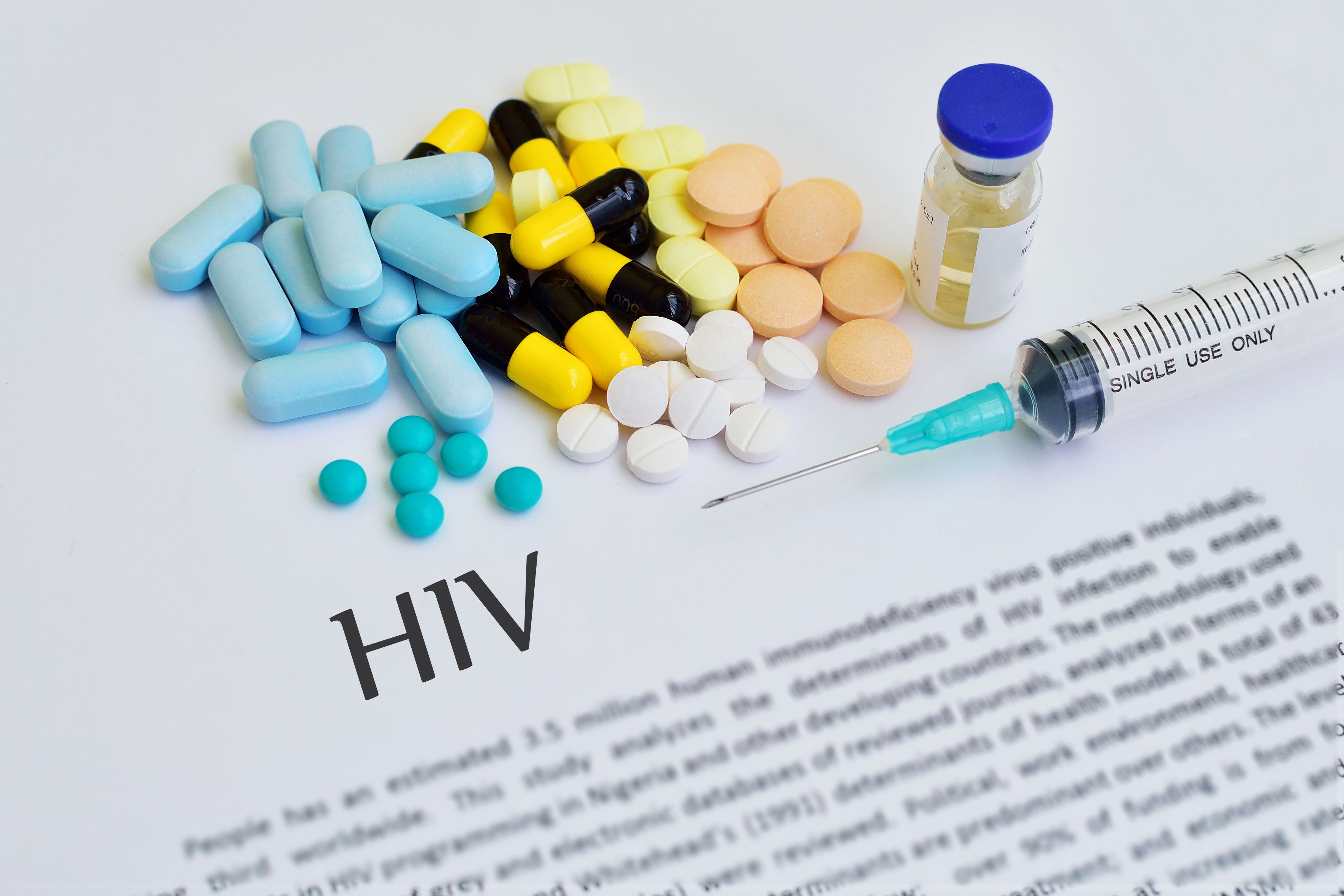Article
Between 1997 and 2015, Viral Suppression Rates Nearly Tripled in People Living With HIV
Author(s):
The emergence and uptake of antiretroviral therapy (ART) has led to significant improvements in viral suppression rates over the past 2 decades.
A slew of research has pointed to the introduction and uptake of antiretroviral therapy (ART), leading to longer life spans for people living with HIV. Now, new research has demonstrated that ART is also responsible for a dramatic improvement in viral suppression rates.
While the research is encouraging, the study also found that disparities exist among younger and black people living with HIV, which warrants attention.
“Achieving and maintaining HIV viral suppression with ART can optimize health outcomes among people living with HIV and limit transmission to others,” wrote the authors of the study. Increasing and maintaining viral suppression rates have become a key component in HIV care and efforts to end the epidemic.
To read more on the impact of viral suppression, click here.
The longitudinal study collected data from the Centers for AIDS Research Network of Integrated Clinical Systems, a cohort collaboration that integrates data from more than 32,000 people living with HIV who have had 2 or more HIV clinical care visits at 8 sites throughout the country, from 1997 to 2015.
Viral suppression rates nearly tripled during the period, jumping from 32% in 1997 to 86% in 2015. Among those who are virally suppressed, suppression increased approximately 5% with each decade of age, was 3% higher for men compared with women, was 8% higher among whites compared with blacks, and was 6% lower in those whose HIV transmission risk factor was injection drug use compared with men who have sex with men.
The researchers also observed that the time to viral suppression improved over the years. Between 1997 and 2000, people living with HIV achieved viral suppression in 9 months following the initiation of ART. After 2010, most tests showed viral suppression in 2 months.
These increased viral suppression rates coincide with increased ART rates. Even within the most current period—2010 to 2015—the amount of people receiving ART has increased, rising from 86% in 2010 to 93% in 2015.
“Of note, when we focused on the current treatment era, we showed increased viral suppression over time among patients receiving ART, which suggests that factors beyond wider ART use accounted for the improved outcomes,” the authors wrote. Among those receiving ART, integrase strand transfer inhibitor use increased and was likely an important contributor to viral suppression rates, they note.
However, despite these advances, it’s important to pay attention to existing disparities among those who are younger and those who are black, they warned.
“Whether due to differences in substance use, adherence, or other factors (such as medical mistrust), taken together, these findings suggest the need for culturally tailored interventions to encourage ART use, enhance medication adherence, and improve viral suppression and other outcomes," the authors wrote.
Reference:
Nance R, Delaney C, Simoni J, et al. HIV viral suppression trends over time among HIV-infected patients receiving care in the United States, 1997 to 2015 [published August 20, 2018]. Ann Intern Med. doi:10.7326/M17-2242.
2 Commerce Drive
Suite 100
Cranbury, NJ 08512
© 2025 MJH Life Sciences® and AJMC®.
All rights reserved.





